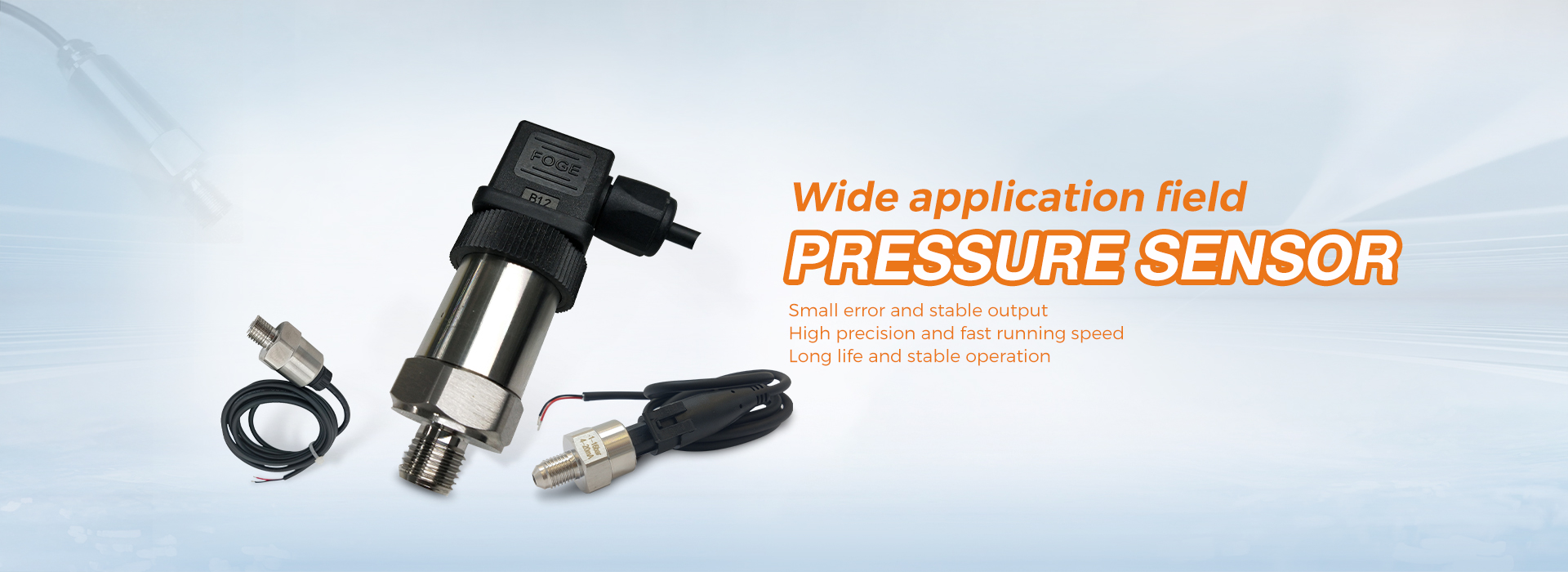The way in which IoT solutions play a key role in automation is based on the assumption that machines can operate in an autonomous and intelligent manner. What enables them to do so is the ability to process large volumes of collected data.
The data that can be collected includes animations and various signals that inanimate objects can send to IoT systems.Therefore, objects should have some highly specific signal generating devices to share information within IoT.
Why specific? Since they can generate a lot of signals.Even a complex system like the human body, which is perfectly fitted by evolution, has different organs for processing various signals from the surrounding environment.Of course, we are talking about sensors, the sensors used in the Internet of Things.
Sensors aren’t as modern as they appear
In fact, sensors were invented long before any industrial technology, let alone the Internet.For example, the first motion sensors could be identified in ancient Chinese tubular bells that would hang on the door to ring when someone came.
During the course of the first and second industrial revolutions, various mechanical sensors have become increasingly sophisticated along with the development of machinery.As these technologies mastered electricity, electromechanical and electronic sensors began to flourish in various industrial applications.When measurement accuracy and signal range continue to grow, sensors used in IoT seem to be a logical extension of the trend.
All available sensors have two basic types of interactions: measurement and control.In addition, these types distinguish the direction of data flow moving from or to an endpoint.It corresponds well to the way creatures work: every action creates a reaction.When the way IoT works, the behavior of machines that mimic living things looks similar.However, the ratio between revenue and results data traffic can vary widely.In each case, what determines the traditional type of sensor is the domain in which one or the other IoT system works.The following domains are considered the most suitable for IoT applications:
- Self-driving cars
- Smart Home
- wearable
- Robotization of Industrial Manufacturing
- Smart Medical Devices
- Remote tracking and monitoring
- Optimize energy production and distribution
- Alarm and security systems
- Industrial predictive maintenance
- Unmanned Defense Systems and Weapons
Post time: Apr-27-2022



